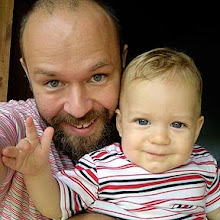This the essay and photos I submitted for my 2012 Dorothea Lange Fellowship Award. For one day I followed Marco Tulio Ramirez, a rock carver from Copán Ruinas, Honduras. Like Ramirez, the Maya of Copán Ruinas were once prolific rock artisans. Today there are only a handful of them.
Land reform is taking center stage in northern Honduras. As of August 22, 2011, the Honduran newspaper, El Heraldo, reported 37 murders along the Bajo Aguan River Valley. The problem—a landowner with over 3,000 hectares with armed security removed nearly 4,000 families to cultivate and export palm oil.
Honduran land distribution isn’t just about pitting the rich against the poor. Seven hours west along the Guatemalan border, members of the indigenous Maya Ch’orti’ have split into two opposing factions—they can’t agree on how to manage their 30-hectar community parcel. The land in question supports nearly 55 families and sits near the UNESCO World Heritage site Copan Ruinas.
One Ch’orti’ group, CONIMCH, wants to keep the land intact, while the annex group, CONADIMCH, wants to subdivide and privatize it. CONIMCH claims that if the land is privatized, it could be sold to non-Maya Ch’orti’ prospectors, thus redirecting food and profits from the community. Tension between the two groups has led people to flee their homes for fear of being murdered.
When I to travel to Copán Ruinas, Honduras, I will embed myself and document the Maya Ch’orti’ way of life. My strategy is to document one family from both CONIMCH and CANADIMCH. My objective is to understand how indigenous land reform can mutate from good to bad intentions, and how that affects food and social survival.
I’m interested in Honduran news because I’m half Honduran. My grandfather was born in Copán Ruinas and was the country’s first director of the Institute of History and Anthropology. He brought archeologists and anthropologists from the United States to help preserve the Maya culture and ancient ruins.
The following is what I wrote for my project proposal.








